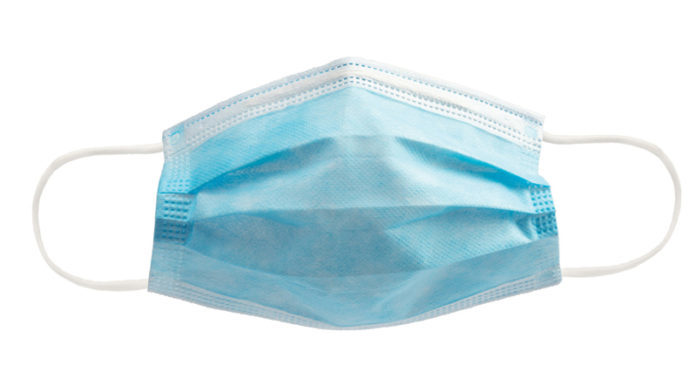Wearing face masks, combined with other preventive measures such as frequent handwashing and social distancing, can help slow the spread of the coronavirus. The Centers for Disease Control and Prevention recommends that everyone over the age of two wear a mask while in public settings. However, there has been much debate about wearing masks and misinformation has spread online. Let’s clear the air about the most common misconceptions regarding masks.
Myth: I’m not sick so I don’t need to wear a mask.
Fact: Simply put, wearing a cloth mask helps decrease the spread of COVID-19. Research now has shown that a significant number of people with COVID-19 lack symptoms. These people do not know they are transmitting the virus to others when they talk, sneeze, cough or raise their voice (e.g. singing or shouting). Wearing a mask helps to lower the transmission of respiratory droplets to other people around you. You should wear a mask to protect others and they should wear masks to protect you.
Myth: Wearing a cloth mask does not protect me from getting COVID-19.
Fact: A cloth mask is worn to help protect others in case you have the virus. Countries that required face masks, testing, isolation and social distancing early in the pandemic have had success slowing the disease’s spread. Common sense also suggests that some protection is better than none. Cloth masks reduce the number of respiratory droplets a person releases into the air when talking, sneezing or coughing. The overall number of droplets in the air is reduced when more people wear masks and this reduces your risk of being exposed to COVID-19.
Myth: A face mask can actually make me more likely to catch COVID-19.
Fact: While some people may touch their face more often when wearing a mask, it’s possible to reduce infection risk with good hygiene. Be sure to wash hands frequently, wash your cloth mask after wearing and know how to properly put on and remove your mask. You can learn more by reviewing guidance on how to wear and care for cloth face coverings.
Myth: Wearing a mask will increase the amount of carbon dioxide I breathe and will make me sick.
Fact: Some people have heard that breathing in CO2 from wearing a mask can cause symptoms like dizziness, lightheadedness, headache and shortness of breath. However, the amount of CO2 created by wearing a mask is miniscule. For many years, health care providers have worn masks for extended periods of time with no adverse health reactions. The CDC recommends wearing cloth masks while in public and this option is very breathable. There is no risk of hypoxia, which is lower oxygen levels, in healthy adults. Carbon dioxide will freely diffuse through your mask as you breathe. If you feel uncomfortable in your mask, try to limit your talking and breathe through your nose. That will reduce the humidity level in your mask. Be aware that once a mask gets wet (perhaps from exhalation), it begins to lose its effectiveness and will need to be washed or replaced.
Myth: If I’m wearing a mask, I don’t need to practice social distancing.
Fact: The CDC recommends widespread use of simple cloth face coverings to help prevent transmission of COVID-19 by people who have the virus but don’t know it. But it’s not a substitute for physical distancing. Everyone should continue to practice recommended behaviors such as:
* Keep your physical distance: Six feet or about two arms’ lengths apart from other people.
* Limit in-person meetings.
* Wash your hands with soap often.
* Stay home if you do not feel well.
* Get a test if you have COVID -19 symptoms. Call your local health care provider to schedule a test.
* Self-isolate if you have been around someone who is sick or tested positive.
As the number of coronavirus cases continues to grow in Oklahoma, using a mask is still among the best methods to prevent community spread.
This item was prepared and sent by INTEGRIS.














